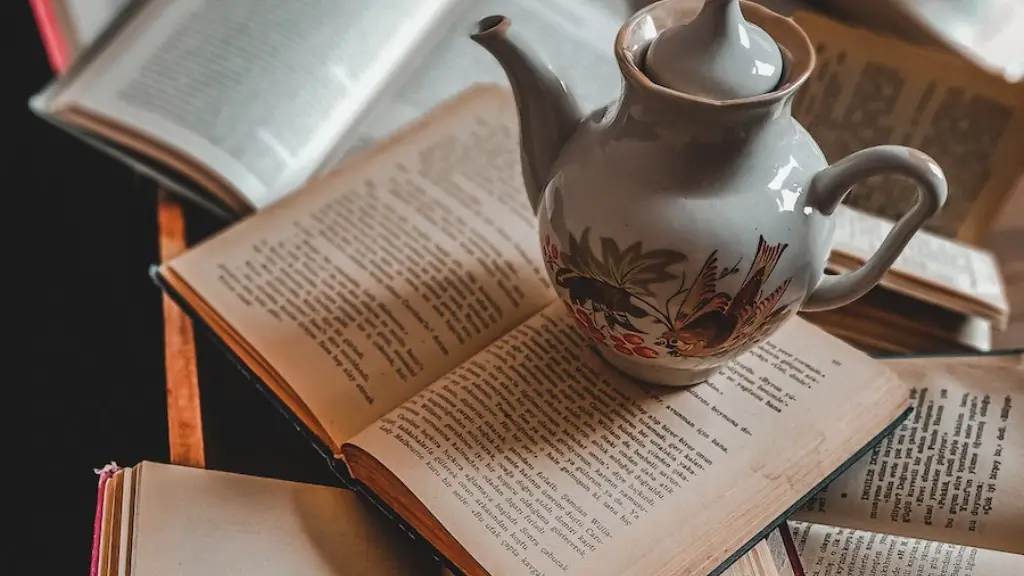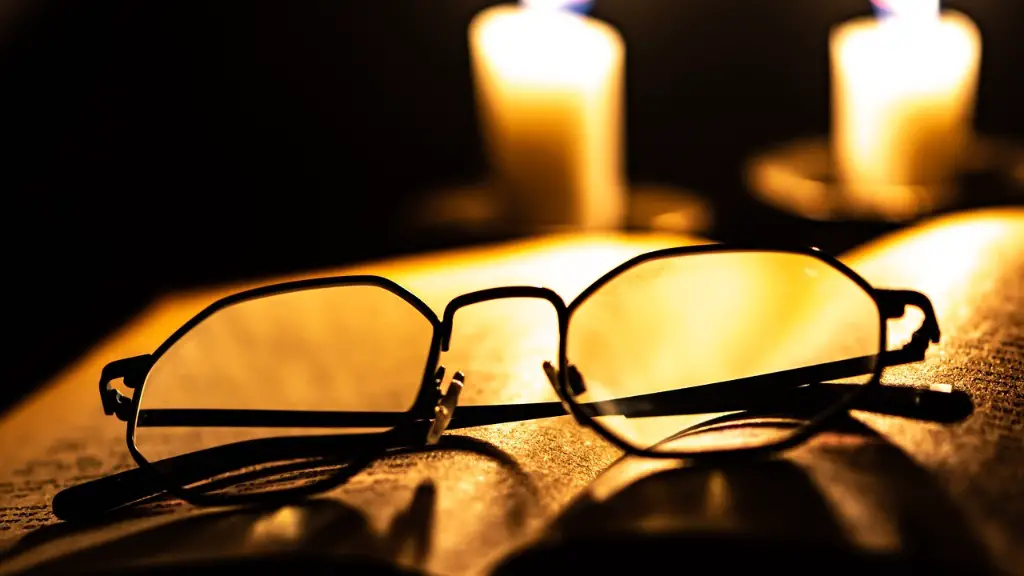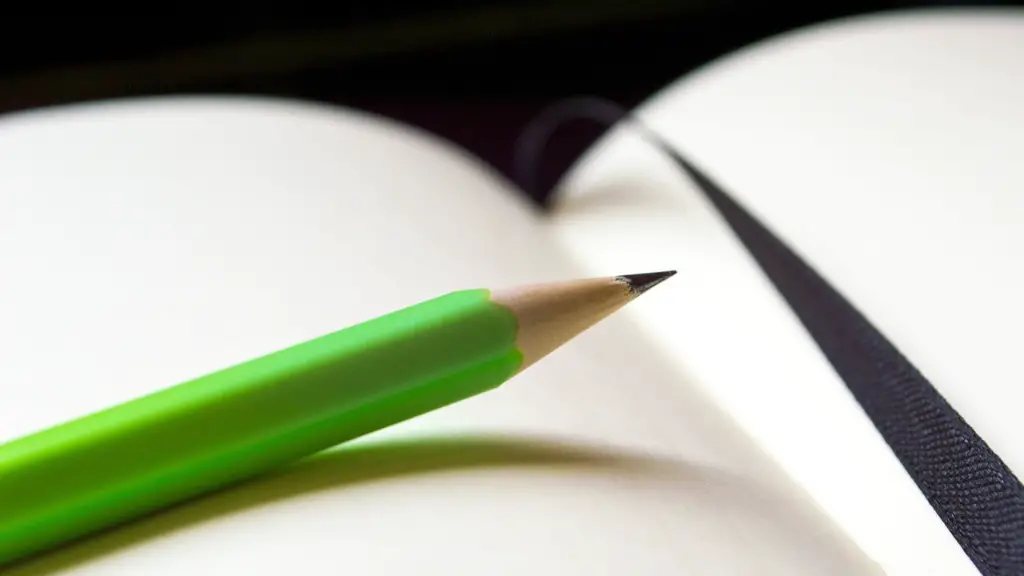A meter in poetry is a way of measuring the rhythmic properties of a poem. It is expressed as a pattern of stressed and unstressed syllables within a line of verse. Poets use meter to bring their poems to life, creating a heartfelt, natural sound. There are many different types of meters in poetry, including iambic pentameter, anapestic tetrameter and dactylic hexameter.
Iambic pentameter is perhaps the most common meter used in poetry. It consists of five pairs of unstressed and stressed syllables or ‘iambs’, and has a sound similar to the rhythm of a human heart. An example of iambic pentameter is William Shakespeare’s Sonnet 18: “Shall I compare thee to a summer’s day?” Anapestic tetrameter is a meter of four pairs of unstressed and stressed syllables, in which the first two syllables are usually unstressed. It is used in comedic poetry and popular children’s ballads, such as “Twas The Night Before Christmas” by Clement Clarke Moore. Dactylic hexameter is a meter of six feet, in which each foot consists of a stressed syllable followed by two unstressed syllables. It can be found in ancient English and Greek epics, such as Homer’s The Odyssey.
The use of meter helps create a pattern in poetry that lends structure and emphasis to a poem. It can be used to create a rhythm and cadence, emphasize certain sections of the poem, and convey the poet’s emotion and point of view. Meter can also be used to add variety to a poem, by varying the pattern of stressed and unstressed syllables. By understanding the various types of meters, poets can create thoughtful and effective poems that convey their message in a powerful way.
History of Meter in Poetry
Metrical poetry has its roots in ancient Greek and Roman civilisations. Poetry was chanted or sung to illustrate stories and myths, and the meter was used to emphasise key words and phrases. During the Middle Ages, poetry was used to spread tales of knighthood and chivalry, andmeter was used to create a lyrical and rhythmic sound. In the Renaissance period, meter became more formalised, and poets began to experiment with different combinations of stressed and unstressed syllables. This allowed the poets to express their emotions and thoughts with greater complexity.
Modern Meter in Poetry
Today, poets use meters in both traditional and modern poetry. Traditional poets often use classical meters like iambic pentameter or anapestic tetrameter. Modern poets also use these traditional meters, but also create new meters that are more complex and less structured. By experimenting with different types of meters and patterns of stressed and unstressed syllables, poets can create unique, powerful and beautiful poetry.
Techniques for Writing in Meter
One of the best ways to start writing poetry in meter is to read out the poem aloud and mark where the stress is in the words. From this, it is possible to identify which words are stressed and which are unstressed, and then create the correct meter for the poem. Poets can also use templates such as iambic pentameter as a guide for creating their own poemise. To craft an effective poem, poets should be mindful of choosing words and phrases that create an emotive effect.
Training the Ear to Recognise Meter
In order to write successful poetry in meter, poets need to train their ears to recognise the rhythm and flow of the language. This can be done by listening to poetry that has been written in a metric meter, such as iambic pentameter. As you become more familiar with the rhythm of language, you will be able to craft poetry that is more expressive and impactful. Additionally, poets can refine their skills by reading a variety of poems in different meters.
Meter and Form in Poetry
Meter can be used with different forms of poetry, such as sonnets, odes, and ballads. Different forms require different meters– a sonnet should be written in iambic pentameter, while an ode can be written in dactylic hexameter. Each type of form requires its own unique pattern of stressed and unstressed syllables. By understanding how to use meter in different forms of poetry, poets can create poems that are both expressive and powerful.
The Use of Metaphor in Metered Poetry
Metaphors are a great way for poets to add depth and meaning to their poem. In metered poetry, metaphors can be used to create deeper imagery within the poem, allowing the poet to express complicated emotions in a concise and meaningful way. By using metaphors, poets can craft powerful, emotive and memorable pieces of poetry.
Improving Performance of Metered Poetry Through Practice
Poets can improve their performance of metered poetry by practising and performing their poems. Reading out your poem will help you identify any areas in which the meter can be improved or changed, and will also help you to become more familiar with how the poem sounds when being read aloud. Additionally, performing the poem allows you to be more in tune with the emotions and thoughts of the poem, as well as the audience’s response.


